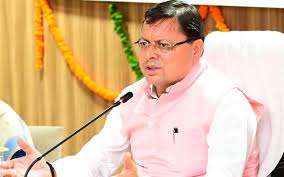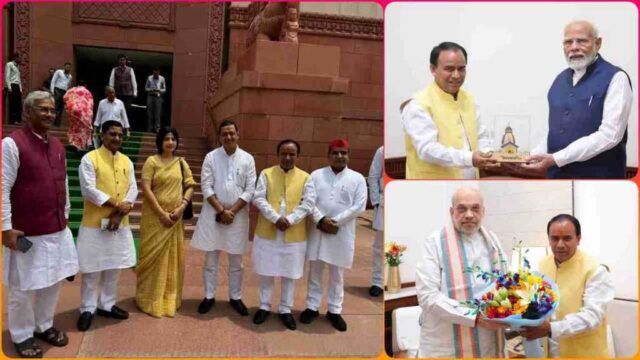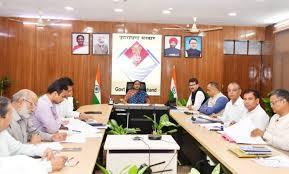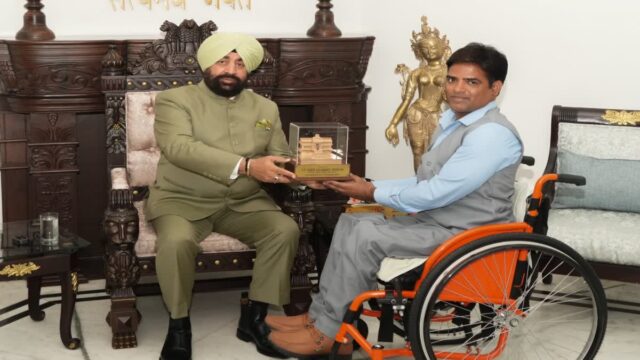Communication crisis and role of media during COVID-19
Smriti
COVID-19 is an infectious disease caused by a newly discovered coronavirus.It is a pandemic disease which affect the people at global level. Today almost all countries are suffering from it’s effect and all the information related to these we gather with the help of media. When we compare the amount known about the virus when it first emerged (nothing!) to the amount known now, including its clinical progression and the at-risk demographics – it is truly remarkable.
However, this constant update of latest information, new cases and new advice has been challenging to keep up with. It not only makes the story difficult to keep up with from a journalist’s perspective, it makes it confusing for anyone trying to follow the story. A news piece we read at present could be entirely out-of-date by the next minute, and this has meant there have been many questions from the public surrounding the outbreak and the virus. In addition, as more information has emerged over the past weeks, experts and public health officials have revised their opinions, advice and recommendations in line with this, and it has been suggested that these updates have made it hard to build trust. So, it’s a great responsibility on journalist to keep in touch with each area expert i.e, government authorities and medical staff, international data etc. They have to linked in chain for fresh update to build the authenticity of news.
In a webinar hosted by representatives from the International Federation of Red Cross and Red Crescent Societies (Geneva, Switzerland), BBC Media Action (London, UK), Internews (CA, USA) and the WHO it was discussed that journalists and media organizations should do their utmost to keep up to date with the outbreak using reliable information from respective health departments and the WHO, and that they should both fact- and reality-check information in order to remain a trusted source.
With the number of corona affected and corona outbreak news, it is also important to communicate the story behind the numbers, what countries are doing to respond to the disease and what individuals can do too, ensuring stories have practical and actionable information and our news channel are smartly doing this work. The COVID-19 outbreak is not only far-reaching in terms of cases spreading globally, the disease has now impacted so many sectors it has become far more than a health and science story, and therefore more than the remit of health and science journalists.
Almost all area are affected from COVID-19 like the travel restrictions being imposed by different countries have turned it into a story about tourism and travel; the economic impact of fear on the stock market and the impact of people not attending work in the most-affected countries have turned it into a finance and business story; and the different match like Tokyo 2020 cancellation about sports news etc. All the update reaching to common people by media. These communications to communities from authorities is possible by only media mix.
Where media is doing appreciable work, a pressing problem with modern-day, online media is the spread of misinformation – this has been much talked about in political spheres but has also been a prevalent issue in healthcare regarding sentiment towards vaccination. The spread of misinformation on SARS-CoV-2 has been no different – theories have been floating around that the virus was engineered in a lab as a bioterrorism agent, or that the symptoms are actually caused by the 5G mobile network. In addition, thousands of listings on Amazon promoting fake COVID-19 cures have been reported, and the prices of some sanitizers and facemasks have increased by over 2000%, despite in many cases not being fit for purpose.
Another challenge in the social media age has been avoiding stigma. Early in the COVID-19 outbreak, before the disease or the virus were officially named, many outlets referred to the virus as ‘Wuhan virus’ or similar, with this hashtag trending on Twitter. Unfortunately, this wording has a tendency to stigmatize individuals from that city, and also builds an association with those of a certain ethnicity, in some cases stoking fear and xenophobia.
Building stigma is incredibly bad for outbreak control – it can drive individuals to hide illness in order to avoid discrimination, it can prevent people from seeking healthcare and it can discourage people from seeking healthy behaviors, all of which aids viral spread. The WHO has stressed this standpoint, with Director-General Tedros Adhanom Ghebreyesus stating in several press conferences: “This is the time for science, not rumors. This is the time for solidarity, not stigma.”
However, it is important that trusted media sources don’t just ignore misinformation but attempt to counter it. This can be done by thinking about who their audience might trust, bringing in credible experts, showing empathy with those affected, using appropriate language, and thoroughly and carefully explaining terminology, for example, what does a ‘community case’ mean? One example of this is the WHO ‘myth buster’ section, which addresses some misbeliefs about COVID-19.
Appropriate language can also be important in countering stigma – particularly with reference to places or countries. The virus does not differentiate between nationalities or otherwise, so there’s no reason journalists should. In addition, questions have been raised around terminology such as ‘patient zero’ and ‘superspreaders’, with much criticism raised when the identity of the first British case of COVID-19 was released in the UK media. Reporting should look at the bigger picture and move away from the details of individuals, to avoid stigma and its potentially devastating impacts.
Finally, in addition to reporting the story, journalists can offer practical information to audiences – or ‘news you can use’ – for example relevant local telephone numbers for healthcare services or advice on handwashing. These smaller, practical steps from trusted and up-to-date sources could help inform the public on the advice coming from broader governing bodies that they may otherwise not hear.







